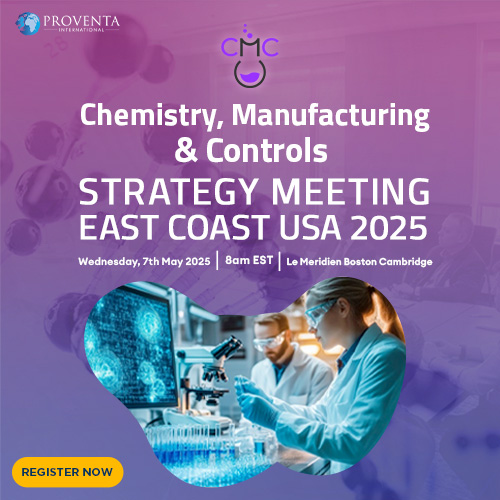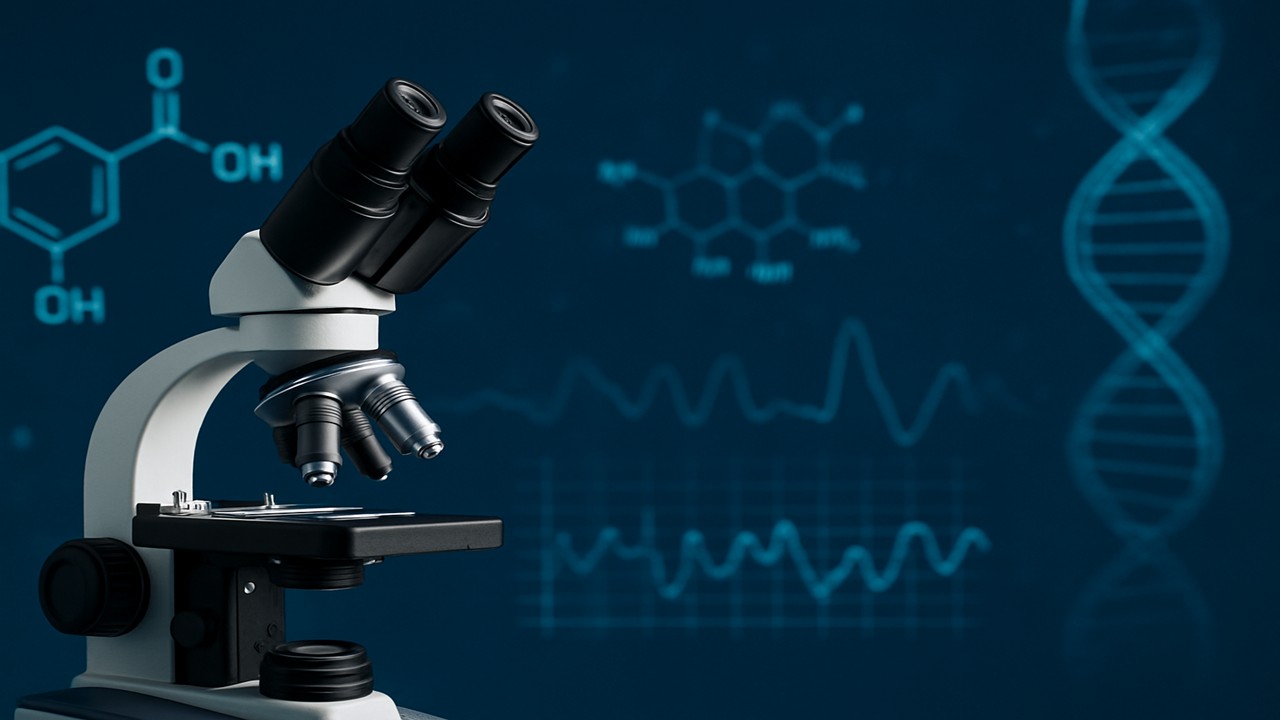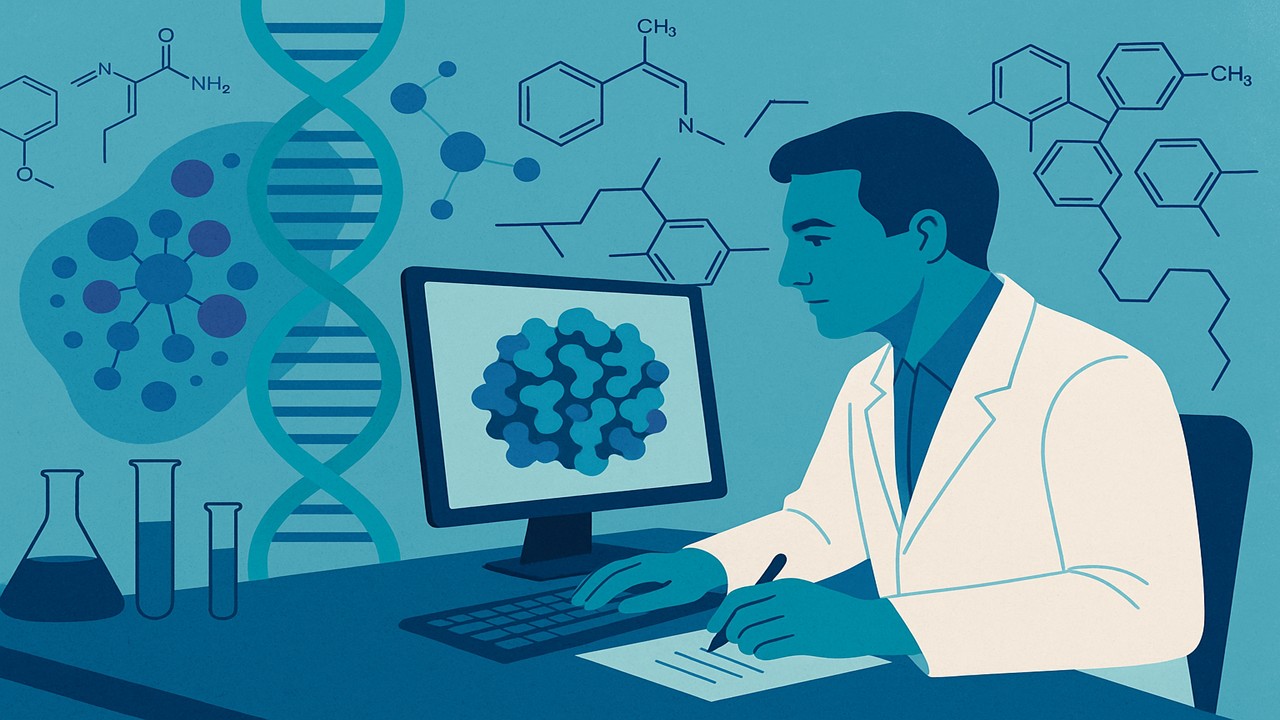The Need for Energy Efficiency in API Crystallization
The crystallization of active pharmaceutical ingredients (APIs) is a fundamental step in drug manufacturing, influencing purity, polymorphism, particle size distribution, and bioavailability. Despite its importance, conventional crystallization processes are often energy-intensive, requiring precise temperature control, solvent removal, and prolonged processing times. These factors contribute to high production costs, carbon emissions, and supply chain inefficiencies, making pharmaceutical manufacturing one of the most resource-demanding sectors in chemical processing.
The industry’s transition toward sustainable practices has placed energy-efficient crystallization techniques at the forefront of innovation. Reducing energy input without compromising product quality demands novel methodologies that optimize solubility conditions, nucleation rates, and crystal growth dynamics. Advances in low-energy crystallization not only promise cost savings but also align with regulatory and environmental initiatives aimed at reducing the pharmaceutical sector’s carbon footprint.
Emerging low-energy approaches leverage green solvents, continuous processing, and supercritical fluid technology to achieve controlled crystallization at reduced thermal and mechanical input. These methods challenge traditional paradigms by offering scalable, reproducible, and economically viable alternatives for API production. As the pharmaceutical industry increasingly adopts sustainability-driven innovation, low-energy crystallization is set to redefine the efficiency of drug development.
Continuous Crystallization: Reducing Energy Demand Through Process Intensification
Batch crystallization has long been the standard for API production, but its discontinuous nature results in excessive energy consumption due to frequent heating and cooling cycles. In contrast, continuous crystallization offers an uninterrupted process that enhances control over supersaturation levels, ensuring consistent crystal formation while minimizing thermal fluctuations. This method eliminates the energy inefficiencies associated with start-stop operations, leading to a significant reduction in production costs and process downtime.
A key advantage of continuous crystallization is its integration with real-time process analytical technologies (PAT), which allow for precise control of nucleation and growth kinetics. By monitoring supersaturation, temperature gradients, and solvent composition, operators can fine-tune crystal properties with minimal energy input. Tubular and oscillatory flow crystallizers exemplify this approach, maintaining uniform mixing conditions and steady-state crystal growth while requiring significantly lower energy than batch reactors.
Additionally, continuous crystallization facilitates scalability without proportional increases in energy demand. Unlike batch systems, which require large-scale equipment to meet higher production volumes, continuous setups maintain efficiency across different output levels. This flexibility allows pharmaceutical manufacturers to optimize resource use while ensuring process robustness, making continuous crystallization an attractive alternative for energy-conscious API production.
Supercritical Fluid Crystallization: Exploiting Green Solvents for Low-Energy Processing
Supercritical fluid crystallization leverages the unique properties of supercritical CO₂ to enhance solubility modulation and phase separation, offering a low-energy alternative to solvent-based crystallization. Operating in the supercritical phase—where CO₂ exhibits both gas-like diffusivity and liquid-like solvating power—this method eliminates the need for high-temperature solvent evaporation, significantly reducing thermal energy consumption.
One widely adopted technique is Rapid Expansion of Supercritical Solutions (RESS), where the API is dissolved in supercritical CO₂ before being rapidly expanded through a nozzle, causing rapid nucleation and crystal formation. This process yields uniform particles with controlled morphology while maintaining low thermal conditions, preventing API degradation. The elimination of organic solvents further enhances its environmental and operational efficiency, aligning with sustainable manufacturing principles.
A complementary approach, Supercritical Anti-Solvent (SAS) crystallization, relies on supercritical CO₂ to reduce the solubility of an API in a given solvent, triggering controlled precipitation. This method allows for highly selective crystallization without the excessive use of heat or mechanical agitation. SAS is particularly advantageous for temperature-sensitive compounds, as it enables precise particle engineering while minimizing the risk of thermal stress.
Spray Drying as an Energy-Efficient Alternative to Solvent-Based Crystallization
Spray drying is a widely recognized technique for producing API particles with controlled morphology, replacing energy-intensive solvent evaporation methods. By atomizing a liquid feedstock into fine droplets and rapidly evaporating the solvent in a hot gas stream, spray drying achieves crystallization without prolonged heating cycles, leading to lower overall energy requirements.
The efficiency of spray drying is dictated by parameters such as droplet size, solvent volatility, and gas temperature. Unlike conventional crystallization, which relies on slow solvent evaporation and extended residence times, spray drying accelerates phase transitions while maintaining precise control over particle formation. This allows for the production of amorphous or semi-crystalline forms, depending on the specific solubility and bioavailability requirements of the API.
Recent advances in multi-stage spray drying systems further enhance energy conservation by optimizing heat recovery and solvent recycling. Closed-loop configurations enable the collection and reuse of evaporated solvents, significantly reducing waste and process emissions. As pharmaceutical manufacturers shift toward greener production methods, spray drying is emerging as a viable strategy for achieving energy-efficient crystallization while maintaining high product yields.
Micronization via Supercritical Fluids: Achieving Particle Engineering with Minimal Energy
Micronization, the process of reducing particle size to enhance API solubility and dissolution rates, has traditionally relied on high-energy mechanical methods such as jet milling. However, supercritical fluid-based micronization offers a lower-energy alternative by utilizing controlled phase changes and solvent effects to achieve precise particle size reduction.
The Particles from Gas Saturated Solutions (PGSS) method is a leading supercritical micronization technique, where an API is solubilized in a melted carrier material under supercritical CO₂ conditions. Upon depressurization, CO₂ expansion induces rapid cooling and precipitation, forming fine particles with optimized surface area. Unlike mechanical milling, which generates heat and may alter polymorphic stability, PGSS operates at lower temperatures, preserving the integrity of thermosensitive compounds.
Beyond its energy efficiency, supercritical micronization allows for advanced formulation strategies, such as encapsulation and controlled-release drug delivery. APIs can be co-processed with biodegradable carriers to enhance stability, reducing the need for additional processing steps. The elimination of mechanical stress and solvent residues further contributes to a cleaner, more sustainable pharmaceutical manufacturing paradigm.
Crystal Engineering: Designing Low-Energy Crystallization Pathways
Crystal engineering focuses on manipulating intermolecular interactions to control the crystallization process, allowing for lower-energy pathways to desired polymorphic forms. By leveraging hydrogen bonding, π-π stacking, and solvent effects, scientists can direct crystal growth under milder conditions, reducing the reliance on extreme temperature or agitation.
One approach involves co-crystallization, where APIs are combined with pharmaceutically acceptable co-formers to stabilize specific crystal forms without the need for aggressive solvent manipulation. This strategy enables the fine-tuning of solubility and bioavailability properties while minimizing thermal and mechanical inputs. Advances in molecular modeling further allow researchers to predict and design efficient crystallization routes, optimizing energy use at the molecular level.
Another promising direction is the use of mechanochemistry, where crystallization occurs through solid-state grinding rather than solvent-based dissolution. Mechanochemical synthesis eliminates the need for bulk solvents and extensive thermal cycling, offering a low-energy alternative for polymorphic control. This technique has gained traction for producing stable API formulations with minimal environmental impact, further reinforcing the role of crystal engineering in sustainable pharmaceutical development.
Sustainability and Green Practices in Low-Energy Crystallization
The adoption of low-energy crystallization techniques aligns with broader sustainability goals within the pharmaceutical industry. Reducing energy consumption directly translates to lower carbon emissions and decreased reliance on fossil fuel-derived power sources. This transition supports regulatory initiatives such as carbon-neutral manufacturing and green chemistry guidelines, promoting long-term environmental responsibility.
Beyond energy efficiency, solvent recovery and recycling play a crucial role in minimizing waste. Techniques like supercritical fluid crystallization and spray drying integrate solvent recovery loops, reducing the need for fresh solvent inputs and mitigating hazardous waste generation. These closed-system approaches align with circular economy principles, ensuring that resources are reused rather than discarded.
Additionally, the shift toward continuous processing reduces manufacturing footprint and operational inefficiencies. By streamlining production lines and eliminating unnecessary batch-to-batch variability, pharmaceutical manufacturers can achieve higher process yields with lower energy requirements. The cumulative impact of these innovations positions low-energy crystallization as a cornerstone of sustainable pharmaceutical production.
The Future of Low-Energy API Crystallization
The pharmaceutical industry is at a pivotal moment where energy efficiency and sustainability must be integrated into every stage of drug manufacturing. Low-energy crystallization techniques provide a clear pathway toward reducing environmental impact while maintaining high-quality standards for APIs.
As research advances in supercritical fluid processing, continuous crystallization, and molecular-level crystal engineering, these innovations will become increasingly accessible and scalable. Regulatory frameworks are expected to evolve alongside these technologies, encouraging widespread adoption and industry-wide transformation.
Ultimately, the success of low-energy crystallization will depend on continued collaboration between pharmaceutical scientists, engineers, and policymakers. By prioritizing sustainability alongside efficiency, the industry can move toward a future where drug manufacturing is both cost-effective and environmentally responsible.
Engr. Dex Marco Tiu Guibelondo, B.Sc. Pharm, R.Ph., B.Sc. CpE
Subscribe
to get our
LATEST NEWS
Related Posts

Chemistry, Manufacturing & Controls
Harvesting the Heat: Reclaiming Industrial Energy Losses through Next-Generation Waste Heat Recovery Technologies
Waste heat recovery is now essential—technically sound, economically viable, and environmentally critical.

Chemistry, Manufacturing & Controls
Magnetic Nanoengineering: Overcoming Biological Variability and Enhancing Therapeutic Precision
The future of nanomedicine lies in harmonizing precision, accessibility, and ecological responsibility, ushering in an era where therapies are tailored to individual biological landscapes.














